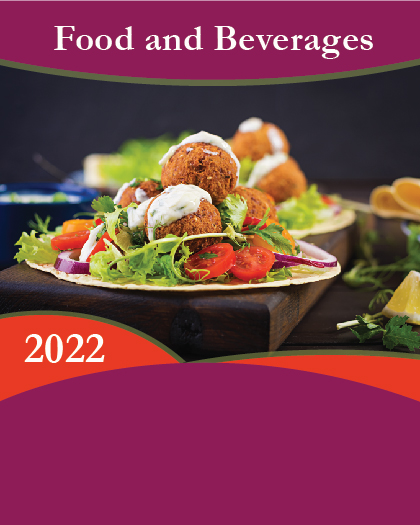
The global energy drinks market size is anticipated to reach USD 84.70 billion by 2026 growing at a CAGR of 7.3% from 2018 to 2026 according to a new report published by Polaris Market Research. The report ?Energy Drinks Market Share, Size, Trends, & Industry Analysis Report, [By Product (Non-alcoholic, Caffeinated, Sports Drink), By Type (Organic, Non-organic, Natural), By Distribution (On-trade, Off-trade & Direct Selling), By Regions]: Segment Forecast, 2018 - 2026? provides insights on the current market scenario and the future prospects.
Energy drinks are beverages that typically contain taurine, caffeine, vitamins, glucuronolactone, proprietary blends, herbal extracts, and amino acids, which are marketed as products that boost physical stamina and mental alertness. These beverages are formulated both with and without sugar and may or may not be carbonated, thus the product ranges are significantly broad. These products are gaining popularity among athletes, students, service members and even the adult consumers.
In spite of the significantly increasing demand, current evidence for efficacy, performance and safety is often contradictory and unsystematic, and the primary concern of these beverages is that most of the product categories offered contain high caffeine concentrations. The media, scientific community, athletic departments, governments, including the general public have expressed several safety concerns over consumption of these products.
In a response to these types of concerns, several legislators have formulated different regulations and educational approaches to limit consumption of these products. These are some of the restraining factors that the industry participants face in the present scenario despite the growing demand.
These products experience several different traction types from many demographics, such as the Hispanics and age group between 18 - 35 are deeply inclined for these products whereas the millennial consumers opt for regular use f these beverages. In the next decades, demand for these products will be at its peak as these two consumer groups have been rising tremendously.
Have Questions? Request a sample or make an Inquiry before buying this report by clicking the link below:
https://www.polarismarketresearch.com/industry-analysis/energy-drink-market
With such commercial momentum of popularity of these products, the industry participants are not exempted from the beverage industry's larger forces as a whole. Demand for sugar free energy drinks or minimum sugar containing products that are formulated with natural ingredients have been rising.
Moreover, these organic or natural beverages are to satisfy all of the functional characteristics as the conventional products, as are the expectations of the modern consumers and their complex demands. From the startups, new market entrants to the legacy brand names, the energy drinks market are still in the midst of an era of evolution which is expected to redefine these products in the near future.
The U.S. is the largest consumer of energy drinks in the present industry scenario. In 2016 and 2017, regular energy drinks demand in the country slowed down that historically performed strongly. However, demand for sugar free or reduced sugar products have seen significant success spearheading present growth in the U.S. market.
Consumers in the U.S. are also demanding for new and wide variety of natural flavors and functionality within the low-calorie beverage categories. Some of the leading brands in the country include PepsiCo, GCMMF, Coca-Cola, Heinz, GSK, Goldwin Healthcare, Power Horse, NourishCo., Taisho Pharmaceutical Co Ltd., Monster Energy, and Red Bull.
Polaris Market Research has segmented the global energy drinks market on the basis of Product, Type, Distribution Channel and region:
Energy Drinks Product Outlook (Revenue, USD Million, 2015 - 2026)
Non-alcoholic
Caffeinated Beverages
Sports Drink
Energy Drinks Type Outlook (Revenue, USD Million, 2015 - 2026)
Organic
Non-organic
Natural
Energy Drinks Distribution Channel Outlook (Revenue, USD Million, 2015 - 2026)
On-trade
Off-trade and Direct Selling
Energy Drinks Distribution Region Outlook (Revenue, USD Million, 2015 - 2026)
North America
U.S.
Canada
Europe
Germany
UK
France
Italy
Rest of Europe
Asia-Pacific
China
India
Japan
Australia
Rest of Asia-Pacific
Latin America
Brazil
Mexico
Rest of Latin America
Middle East and Africa
























